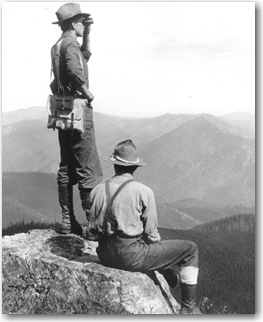An organization called Citizens Against Polluted Air (CAPA) has created a web site called PrescribedBurns.com.
The stated purpose of the site is to convince the public that prescribed fires are “deadly” and “the smoke could be killing your children and grandparents”. It says the “smoke emitted from prescribed burns and manged wildfire is unfiltered wood smoke“.
CAPA also has another web site called Bad-Air Arizona, which is based at a free hosting company. It has some of the same text as the other site, such as stating that “prescribed burn and managed burn smoke is unfiltered wood smoke“. They always underline the “unfiltered wood smoke” as if to emphasize that land mangers are negligent by not installing smoke filters on their wildfires and prescribed fires.
Both web sites claim that wood smoke “kills at least 40,000 adults and children every year”. The site does not provide any documentation for this statistic.
The PrescribedBurns.com internet domain was first registered by the Prescott, Arizona-based group on July 8, 2009. DomainTools.com claims CAPA owns about 100 other internet domains, and that PrescribedBurns.com is for sale. Phone calls and emails to the owner of the web site were not immediately returned.
The web site states that “we” are in the early stages of obtaining legal counsel and preparing litigation against officials of the U. S. Forest Service and the Department of Environmental Quality.
The web site has a solution to prescribed fires:
There is a better way. Unlike fires that kill trees, animals, and people, mechanical methods such as tree thinning and mulching machines remove only unwanted trees and brush grinding them into healthy mulch leaving the forest clean and healthy instead of burned and charred. Mechanical methods are cleaner, safer and properly maintain forest health while protecting the environment from air pollution, but officials argue that prescribed burns are easier, cheaper and increase their budget faster than other methods.
There is no question that wildfires and prescribed fires produce a lot of smoke, and the smoke contains a lot of particulates and chemicals that can be harmful to humans. Wildfire Today has documented that previously (also, HERE). And, some people with respiratory problems can be extremely sensitive to smoke.
But I don’t think it will ever be economically or environmentally feasible to treat all of our forests, grasslands, and brushlands with mechanical methods while banning prescribed fires.
The vegetation will burn eventually, either by management ignited prescribed fires, or by unplanned ignitions. Both produce smoke, but at least with a prescribed fire, the managers have some control over the vegetation conditions, weather, timing, wind direction, and the mixing height.
Postponing the inevitable is not the answer.
Thanks Dick





